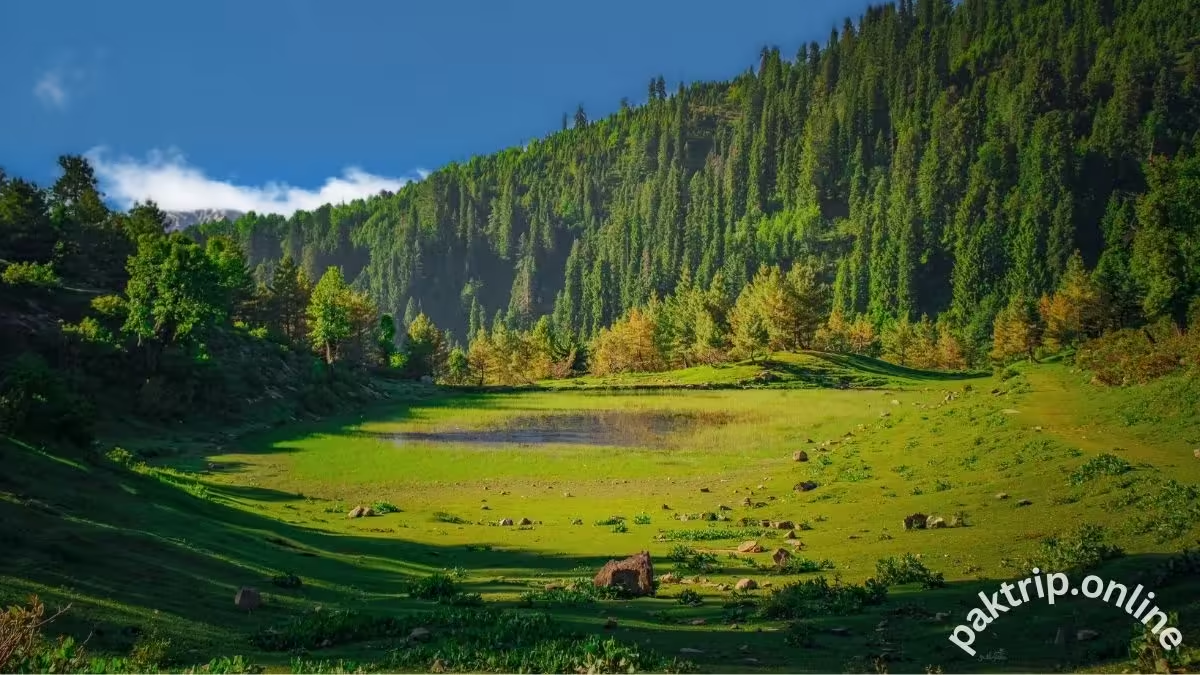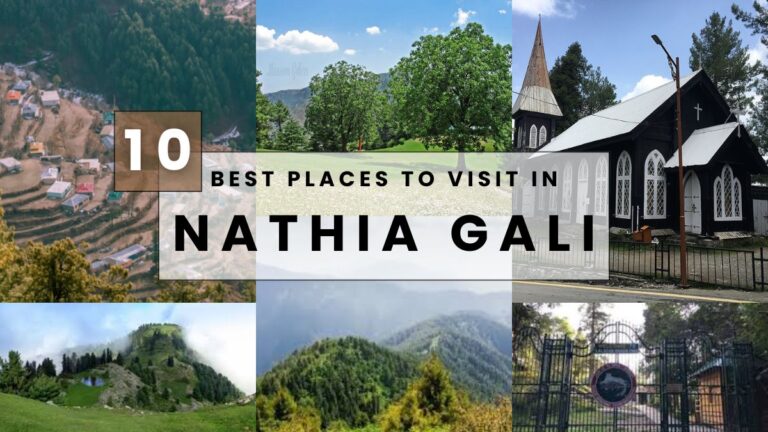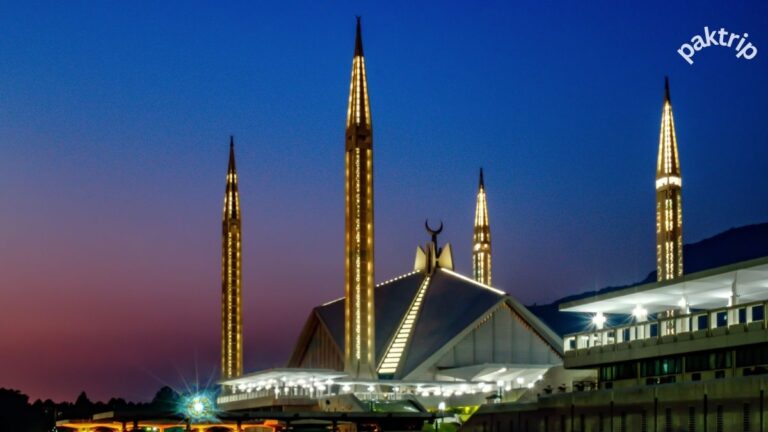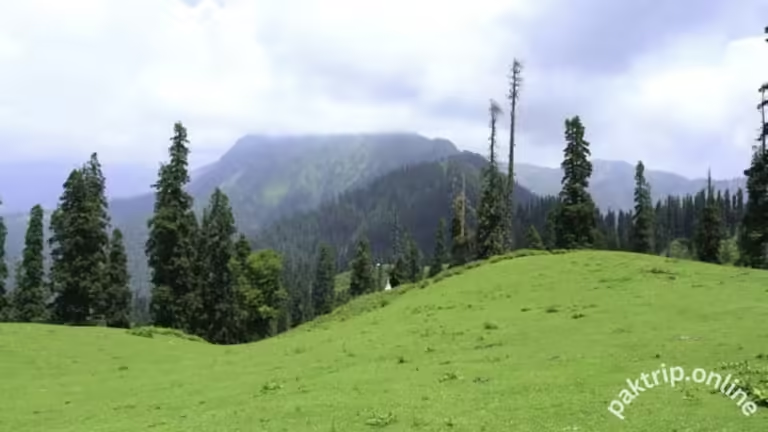Kaghan Valley: A Jewel of Pakistan’s Northern Highlands
Kaghan Valley, located in Pakistan’s Khyber Pakhtunkhwa province, is a spectacular destination known for its towering mountains, clear lakes, and vibrant local culture. This 155-kilometer-long valley is surrounded by lush green meadows, roaring rivers, and historic villages. About a five-hour drive from Islamabad, Kaghan Valley offers travelers a unique escape from city life and a chance to immerse themselves in Pakistan’s natural and cultural treasures.
Whether you’re an adventurer, a history enthusiast, or a nature lover, Kaghan Valley is where every corner tells a story and every landscape invites exploration. Let’s explore what makes Kaghan Valley a must-visit destination, explore its famous spots, seasonal attractions, and local traditions, and learn how to make the most of a trip to this extraordinary valley.
Kaghan Valley: Nature’s Gift to Pakistan
Rising between 2,000 to 4,000 meters above sea level, Kaghan Valley is known for its cool, moderate climate, even in summer, making it a favorite retreat for people from warmer regions. The valley is accessible from Mansehra via the Balakot road and stretches up to the Babusar Pass, connecting travelers to the Gilgit-Baltistan region. During summer, tourists flock to the valley to escape the heat, hike the beautiful trails, and soak in the breathtaking views.
Top Attractions in Kaghan
1. Kunhar River: A Picture-Perfect Setting
The Kunhar River flows like a lifeline through Kaghan Valley. Known for its cool, crystal-clear waters, it is the perfect spot for photography, fishing, and riverside picnics. The river is also a hotspot for trout fishing, attracting anglers from all over the country. Visitors can relax by the water, marvel at the reflections of mountains, and witness the powerful yet calming beauty of the river.
2. Lake Saif-ul-Malook: A Fairytale Destination
No trip to Kaghan is complete without visiting Lake Saif-ul-Malook. This iconic lake, located near Naran at an altitude of 3,224 meters, is famed for its emerald-green waters and the legendary tales surrounding it. According to local folklore, a prince named Saif-ul-Malook fell in love with a fairy princess at this lake, making it a magical place steeped in romance and mystery. The lake is accessible by jeep and is best visited during the early morning or late evening hours when the water mirrors the sky, creating an unforgettable sight.
3. Ansoo Lake: The Teardrop Gem of Kaghan
Ansoo Lake, named after its unique teardrop shape, is a challenging but rewarding destination for trekkers. Located at 4,245 meters, the lake is accessible only through a demanding hike, typically from Lake Saif-ul-Malook. For adventurers looking for an unforgettable challenge, the trek to Ansoo Lake offers a sense of accomplishment alongside panoramic mountain views.
4. Shogran Plateau: A Paradise for Nature Lovers
Shogran Plateau is a lush green area dotted with alpine trees, located about 2,362 meters above sea level. It’s a perfect destination for nature lovers and families who want to enjoy Kaghan Valley’s beauty without intense hiking. The plateau offers numerous walking paths and viewpoints where you can view the surrounding valleys and peaks. Shogran is also home to several resorts and guesthouses, making it a convenient stop for travelers.
5. Siri Paye Meadows: The Hidden Gem of Kaghan
From Shogran, a jeep track takes you to Siri Paye Meadows, an elevated, picturesque area surrounded by pine forests. Siri Paye is famous for its lush green meadows, grazing sheep, and charming wildflowers. Hikers can explore the nearby Paye Lake, while photographers enjoy capturing stunning views of Makra Peak in the distance. The meadows are a beautiful and serene spot, ideal for picnics and unwinding amidst nature.
Local Culture and Traditions
Kaghan Valley is not only known for its natural beauty but also for its diverse culture and warm hospitality. The people of Kaghan, a mix of Kohistani, Swati, Kashmiri, and Punjabi ethnicities, lead a simple, traditional lifestyle. Their customs, language, and way of life reflect a close bond with nature and the mountainous landscape.
Traditional Cuisine: A Taste of the Valley
Food is an integral part of Kaghan Valley’s culture. Chapli kebabs, prepared with minced meat and a blend of spices, are a popular local specialty. These flavorful kebabs are served with fresh naan bread and raita (a yogurt-based sauce), providing visitors with an authentic taste of the region. Don’t miss out on tasting other local dishes, like saag (spinach curry) and makai ki roti (cornbread), which reflect the valley’s agricultural roots.
Handicrafts and Woodwork
Kaghan Valley is known for its skilled artisans who create furniture, décor, and souvenirs from dayar wood, a local timber valued for its durability and strength. Visitors can find beautifully crafted items, including beds, tables, and intricate carvings at the local handicraft centers. Purchasing these items supports the local economy and serves as a reminder of the artisans’ dedication to preserving traditional craftsmanship.
When to Visit
While Kaghan Valley’s climate is pleasant in summer, winter brings heavy snowfall, making many parts inaccessible. Here’s a breakdown of seasonal experiences in the valley:
Summer (June to September): Ideal for exploring scenic trails, lakes, and villages.
Autumn (October to November): The landscape is blanketed in warm colors, and the crowds thin out.
Winter (December to March): Snowfall covers the valley, closing most roads but offering unique views for winter sports enthusiasts.
Spring (April to May): Blooming flowers and milder temperatures make spring a lovely time to visit.
Tips for Travelers
Dress Appropriately: The valley’s temperatures can vary significantly, so pack layers and be prepared for cooler nights, especially at higher altitudes.
Respect Local Customs: Show respect for local customs and traditions, especially when visiting villages and religious sites.
Use a Guide for Remote Areas: Certain trails and lakes are best explored with an experienced guide who knows the terrain.
Stay Hydrated and Acclimate Slowly: Kaghan Valley’s high altitude may require you to take breaks and stay hydrated, especially if you’re new to mountain trekking.
Recommended Accommodations
Kaghan Valley offers various accommodation options, from guesthouses to luxurious resorts, ensuring a comfortable stay for every type of traveler. The Marco Polo Resort is a popular choice, providing well-furnished rooms, scenic views, and easy access to nearby attractions. Other options include family-run guesthouses where visitors can experience warm hospitality and local culture.
How to Get to Kaghan Valley
Visitors can reach Kaghan Valley by taking a bus, car, or hired vehicle from Islamabad to Balakot. From Balakot, jeeps or local buses are available to reach Naran, which serves as a gateway to many attractions in the valley. Alternatively, private tour operators offer guided tours with transportation, meals, and accommodations included.
Conclusion
Kaghan Valley, with its serene lakes, majestic mountains, and vibrant culture, stands out as a place where Pakistan’s natural beauty and rich traditions are perfectly intertwined. It’s a place where each village and river has a story, where adventure meets relaxation, and where visitors can escape into a world of breathtaking landscapes and welcoming locals. Whether you’re drawn by the promise of adventure or the peacefulness of the mountains, Kaghan Valley invites you to experience the best of Pakistan’s highlands.







